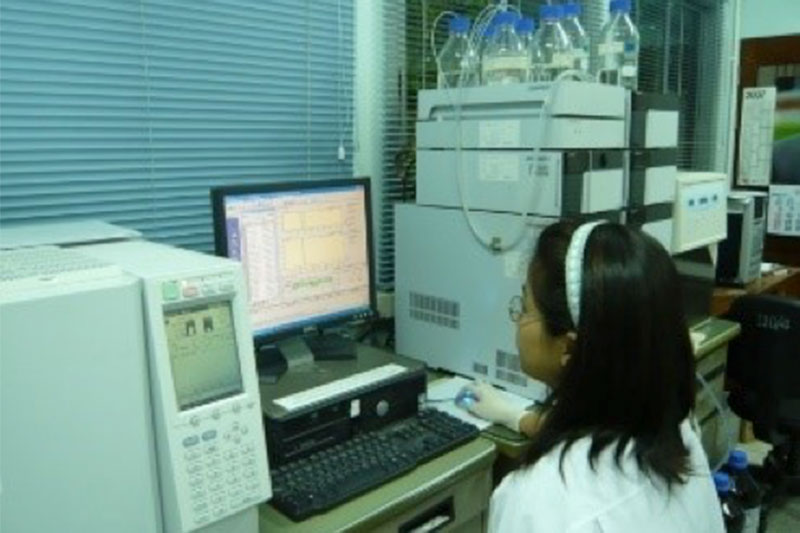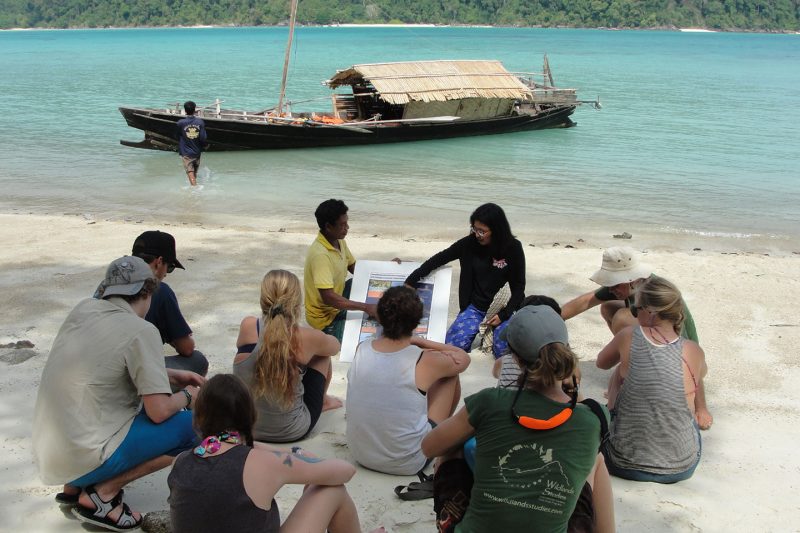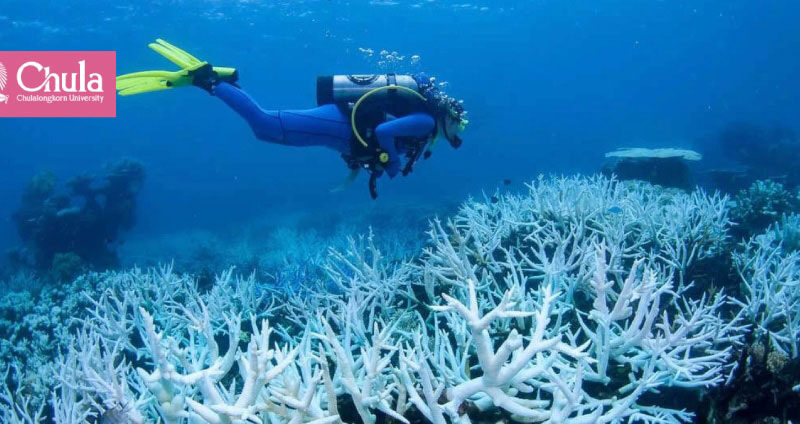Marine biologist Suchana Chavanich’s curiosity takes her to the fascinating but highly challenging Antarctic
Associate Professor Dr. Suchana Chavanich still remembers the penguins she saw at a department store in Bangkok a long time ago
“When I was a child, I went to this department store where I saw penguins on display. What caught my eye was the heat rash on their skin,” says the associate professor of marine science at Chulalongkorn University.
“From that point on, I made up my mind that I wanted to see penguins without heat rash in nature, at least once.”
That determination led her to chart an academic path toward being one of Thailand’s premier marine scientists. After graduating with a bachelor’s degree in marine science from Chulalongkorn University, she went on to complete a master’s degree in biology at Central Connecticut State University before obtaining her PhD in zoology at the University of New Hampshire in the United States.
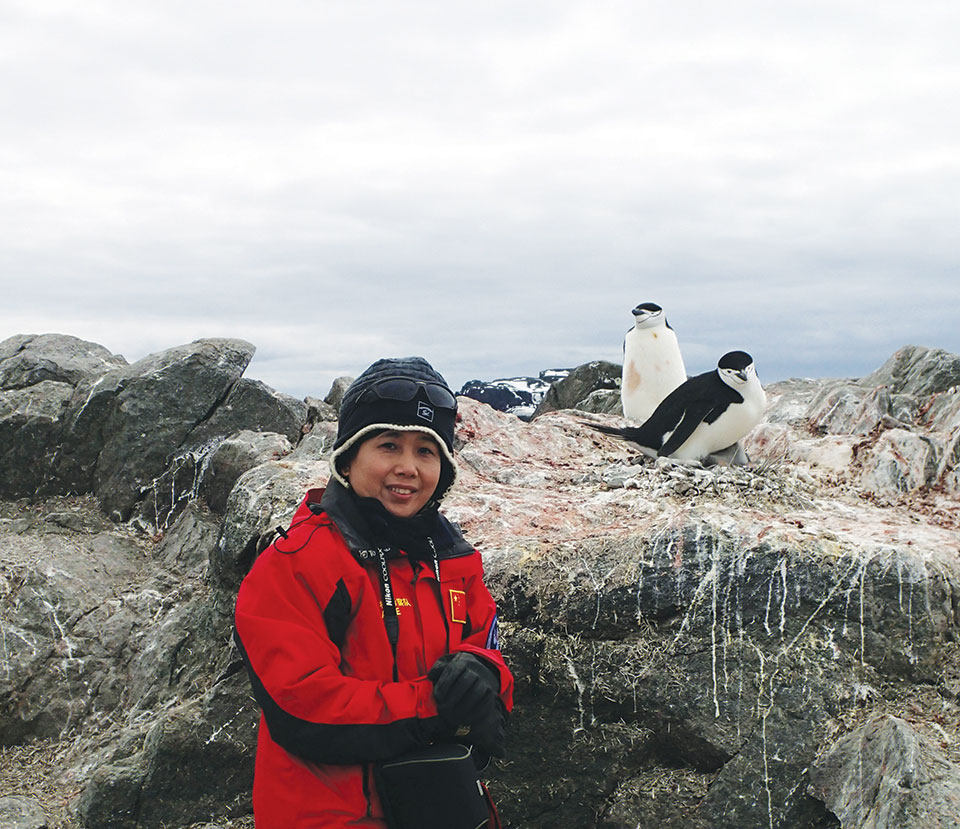
Having achieved top academic credentials, the marine scientist not only had her wish fulfilled but was intimately involved in studying the penguins’ natural habitat in Antarctica.
Dr. Suchana — Apple to her friends — was the first female scientist from Thailand to join the Japanese Antarctic Research Expedition in 2009. The expedition was funded by the National Institute of Polar Research (NIPR) of Japan.
Five years later, she went to the South Pole again, this time with a team from the Chinese Arctic and Antarctic Administration. The expedition was part of the Geographical Pole Research Project under the Royal Initiative of HRH Princess Maha Chakri Sirindhorn, a collaboration between Thailand and China.
While Dr. Suchana did meet the penguins as she had wished, what she found was heartbreaking.
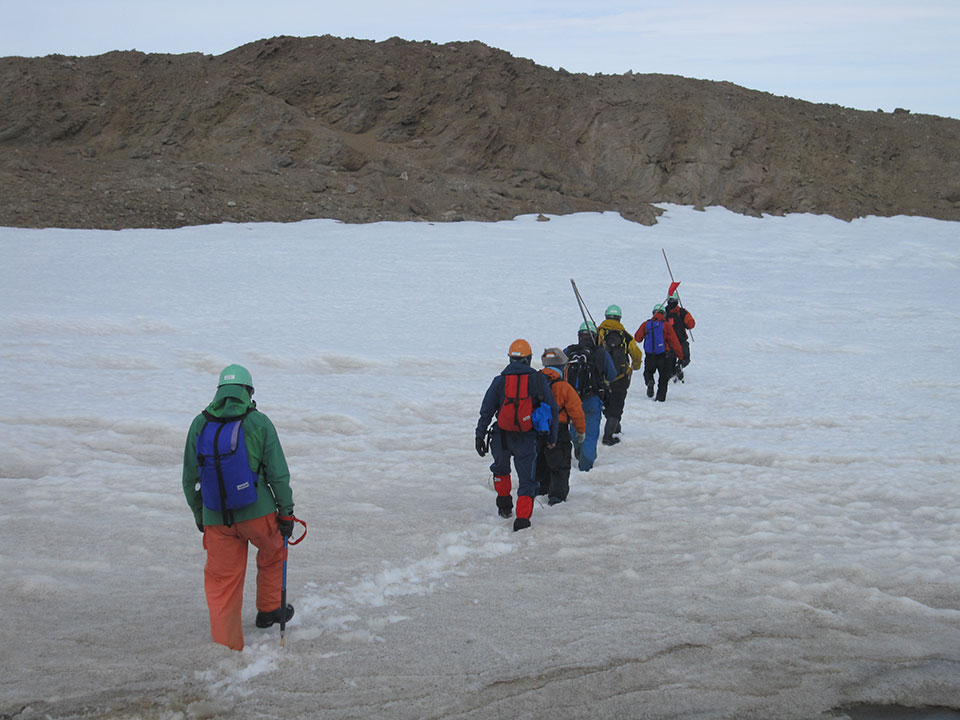
“The living conditions of animals at the pole have changed because of the speedy melting of ice. Food is harder to find and many animals died abjectly,” she says.
“If you want to see the earth’s future, go to the South Pole. It’s the world’s first line of defense that has now been battered by global warming.
“Pollutants of greenhouse gases from across the world are collected there, and the area is now battling fantastic impacts. Pretty soon, countries away from the pole will face similar battles.”
To scientists like her, Antarctica is a big outdoor laboratory with extreme conditions — extreme cold, extreme dryness and super-strong wind. Almost the entire pole is covered with ice with an average thickness of 2.4 kilometres.
Only those most well-prepared both mentally and physically can hope to accomplish their tasks there.
“You’re doing okay if you get to finish 40% of your planned tasks,” Dr. Suchana says. “The climate and living conditions are just not conducive to doing much.”
Everyone at the research station must do everything themselves, including heavy lifting. Walking long distances seven or eight hours a day was a common routine. Freight containers were made into sleeping quarters because normal tents couldn’t stand the force of the wind; they were instead used to store equipment.
In such an extreme environment, even routine activity, like going to the toilet, becomes quite awkward. Dr. Suchana describes this most routine act: A portable toilet is a shared facility. A plastic bag is placed over the toilet bowl with a seat on top.
After finishing one’s business, the person covers it with a special piece of paper. The next person does the same. This goes on for about 30 times. The last person is responsible for tying up the used bag, putting in a new bag and taking the used one out for disposal.
Her daily work on her first expedition was to observe changes of various ecosystems on the ice. She experimented with melting ice to investigate biological, chemical and physical impacts on other components of the system. She also observed the behavior of animals affected by global warming.
She was especially touched by what she saw of penguins’ family life. Normally, the female parent is responsible for bringing food to her family, leaving her mate to take care of their young.
During lean times, the female takes longer to find food and sometimes is overcome by fatigue and dies of hunger. The male parent then is forced to leave the offspring alone and go out in search of food. Often this ends with the death of a whole family.
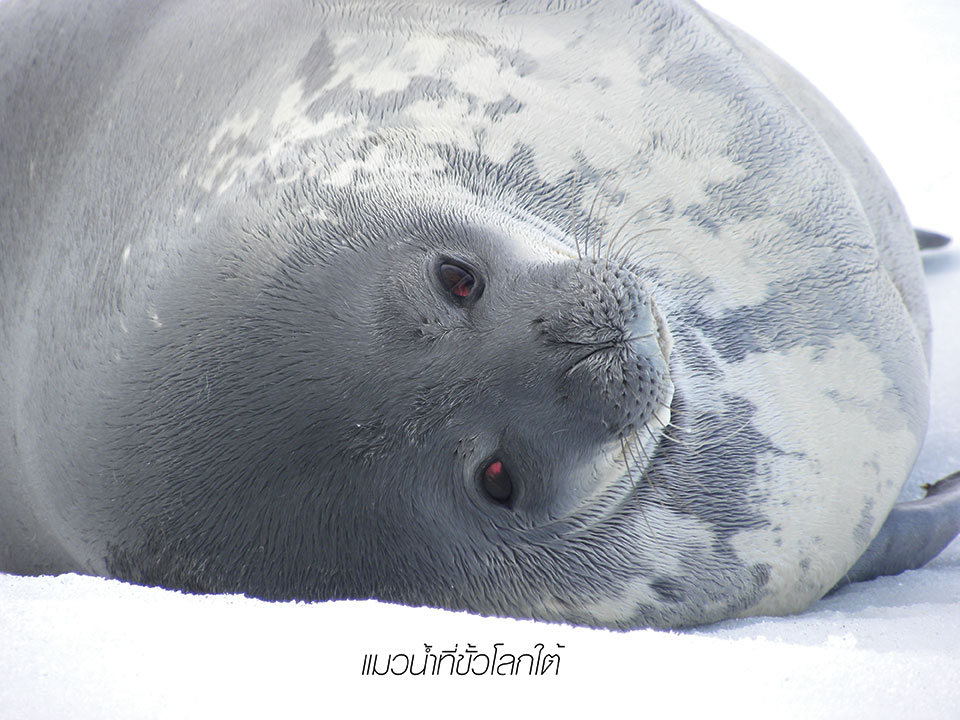
“In nature, penguin chicks have only a 50% chance of survival. But as the earth has heated up, their chance drops to 10%. That means only one in ten young penguins can manage to survive to adulthood,” Dr. Suchana says.
During her first expedition, she conducted her studies mainly on the ice surface. But she got to don diving gear to go underwater during the second expedition.
In doing so, she needed to wear a heavy jacket before putting a dry suit over it because of the extreme cold. Each time she was allowed to stay in the water for no more than half an hour. Longer than that and she could fall prey to life-threatening numbness.
Underwater, she had to look out for danger in the form of leopard seals who were often found hunting penguins. On one dive, she spotted a penguin swimming alongside her.
“I was so happy. But after I got out of the water and looked at the photos that we’d taken, we saw a leopard seal close by,” she says.
It was a near miss because leopard seals have been known to attack divers for food.
Life in the seas under the Antarctic ice is not very diverse, but animals tend to be large. Most fish remain stationary until their prey are in close range. That explains why her attempts to catch fish failed, Dr. Suchana says.
But their sluggishness also made it easy for the scientists to catch them for pathological examination.
“Previous studies report that Antarctic fish carry no parasites,” she says. “But now we have found parasite infestations among the fish. This shows that global warming has made it possible for pathogens to grow and reproduce at a greater rate.”
Her experience in the Antarctic has convinced her that climate change is real and its impacts on humanity are unavoidable.
It’s undeniable that greenhouse gases produced by human activities cause climate change, which has now progressed beyond reversibility, she says.
“But there are things we can do to mitigate its impacts. We must all do our part now so that our world would be more livable for our children and grandchildren.”
This article was originally published in CU Around June 2018, Vol.61, Issue 6, Page 6-7, available at https://www.chula.ac.th/magazine/9785/
Previous:
Others
From Life of Sea Nomads to Sustainable Development of Ethnic Groups
“Security and sustainability should be based on the beliefs and the way of life of the traditional community.”


